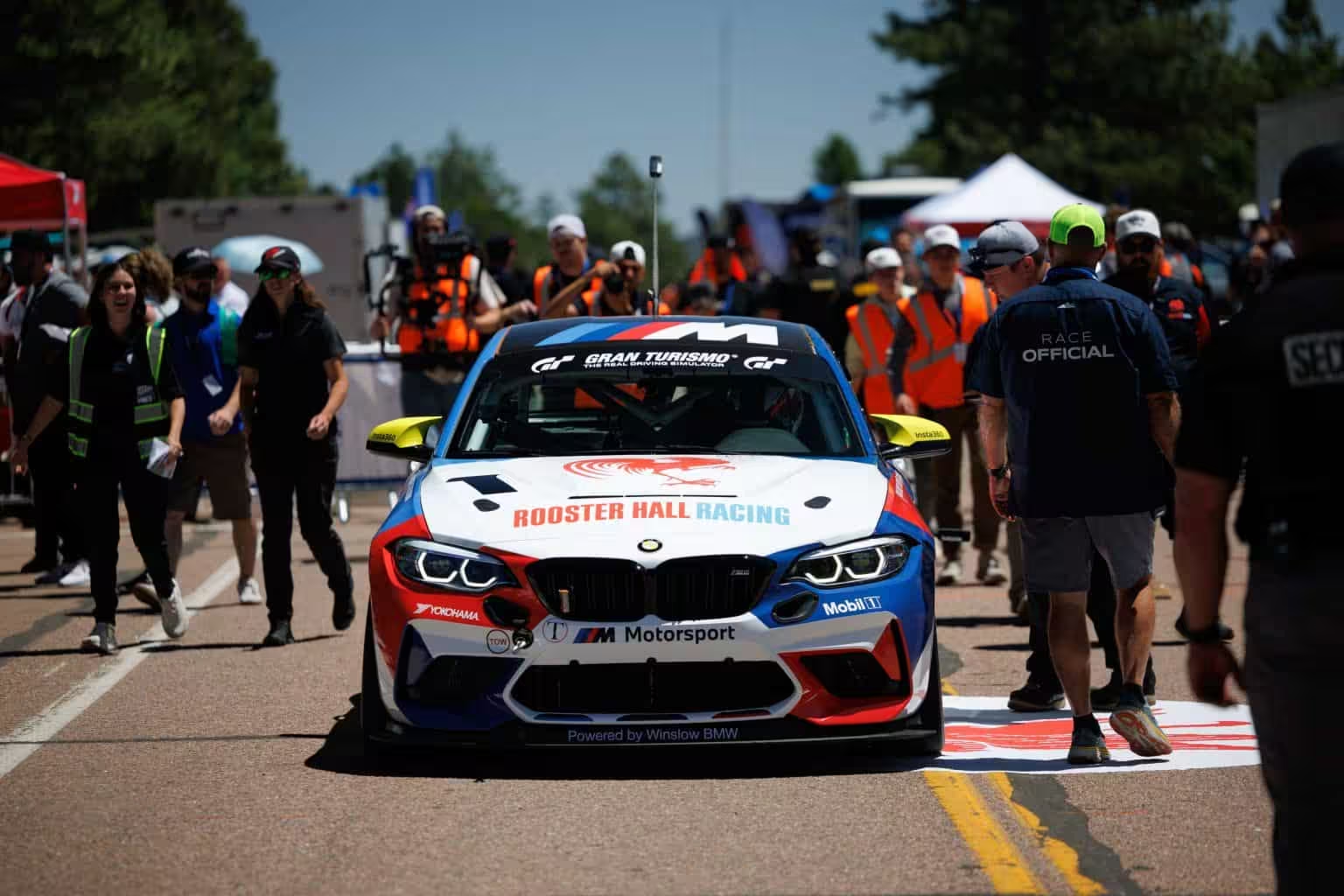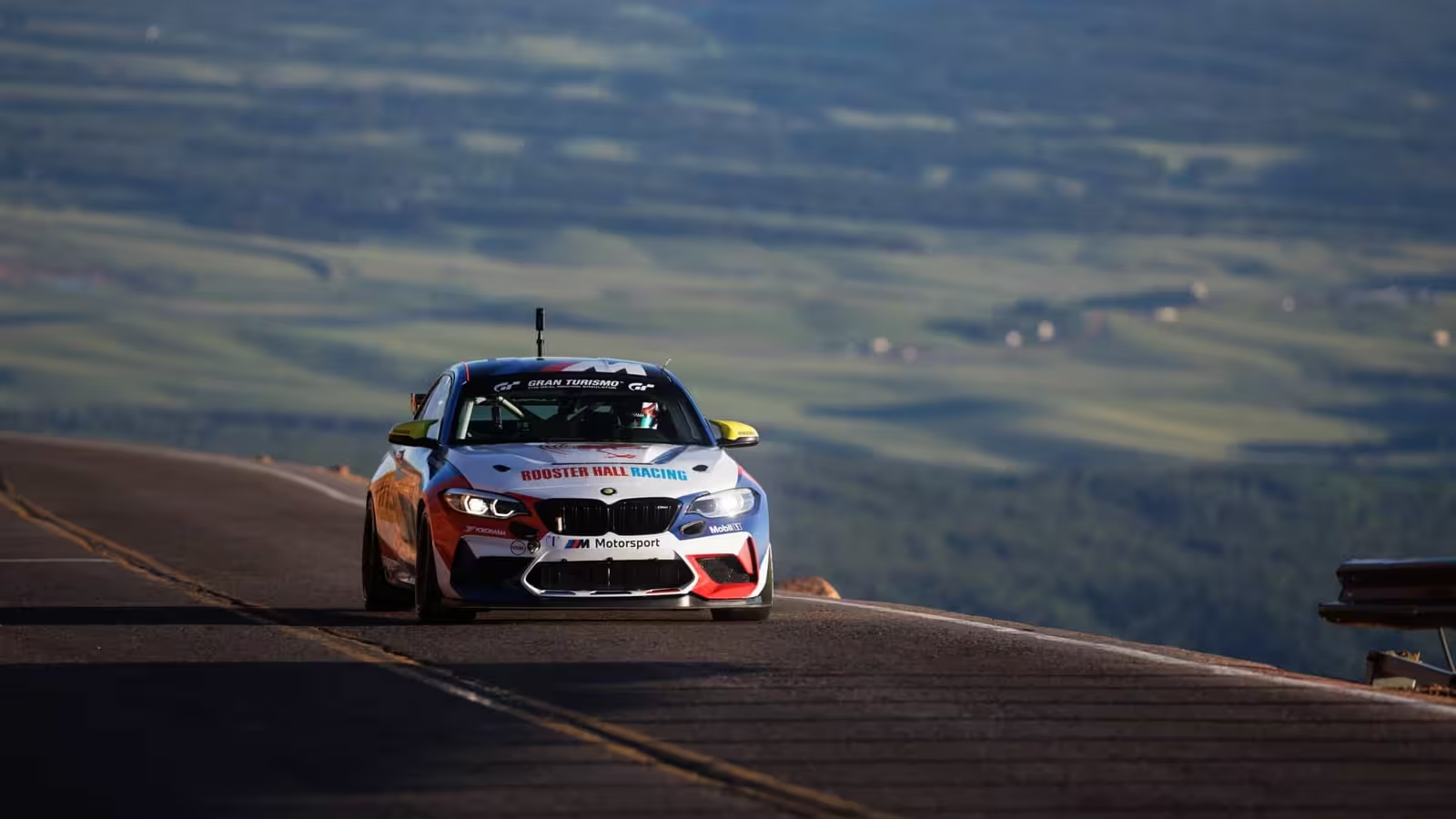5 Minutes
From Go-Karts to the Peak: Lance Fenderson's Unconventional Comeback
Pike's Peak International Hill Climb is a proving ground for drivers and machines alike. Each year the event draws a diverse field of racers to tackle the 12.42-mile ascent and its brutal elevation change. In 2024, one entrant stood out not just for speed but for sheer determination: Lance Fenderson, who piloted a race-prepped 2020 BMW M2 CS to Pikes Peak using sip-and-puff adaptive controls after becoming paraplegic.
Lance's Story
Lance began racing go-karts at five and climbed the junior open-wheel ladder into F1600 by his early teens. A catastrophic spinal cord injury sustained playing lacrosse in 2019 left him paralyzed from the waist down and forced a long recovery that included relearning to breathe and extensive physical therapy. Racing seemed to fade into the background while Lance attended college, but his passion eventually drew him back. In 2024 he launched a comeback, aiming not only to race again but to compete at one of North America’s toughest hill climbs.

Adaptive Controls: The Sip-and-Puff Solution
Why standard hand controls weren't enough
Many adaptive driving solutions rely on hand controls, paddles, or button switches. For Lance, limited hand strength made those options impractical. His team and engineers developed a sip-and-puff system that translates controlled inhales and exhales through a tube into gear shifts and control inputs. Coupled with a racing simulator for practice, the system allowed Lance to re-engage with wheel-to-wheel competition and build confidence before tackling real-world events like BMW CCA GP and ultimately Pikes Peak.
Vehicle Specifications: Race-Prepared 2020 BMW M2 CS
Rather than a stock street car, Lance drove a race-prepared 2020 BMW M2 CS built for competition. Key race modifications included a full roll cage, stripped and safety-compliant interior, racing seat and harnesses, upgraded suspension and brakes for track duty, and competition-spec tires supplied by Yokohama. The base M2 CS is rooted in BMW's high-performance M lineup, powered by a twin-turbo inline-six derived from BMW's track-focused engines, and tuned to deliver sharp throttle response and balanced handling — attributes that translate well to technical hill climbs.

Design and Performance Upgrades
As a hill-climb contender, the M2 CS received aerodynamic tweaks, weight reduction measures, and a race transmission adapted to work with the sip-and-puff system. Engineers focused on predictable handling and brake cooling to cope with the unique demands of Pikes Peak: thin air at altitude, tight switchbacks, and rapid elevation gain. With Yokohama competition tires and optimized suspension geometry, the car was set up for maximum grip and control on mixed surfaces.
Market Positioning and Comparisons
The BMW M2 CS sits near the top of BMW's compact performance hierarchy — more focused and limited than an M240i, yet more accessible than full-blown M3/M4 race cars. The M240iR mentioned in Lance’s earlier efforts is a capable platform for club racing, but the M2 CS brings a stronger performance pedigree and chassis balance for high-speed technical courses like Pikes Peak. Compared with purpose-built IMSA prototypes or dedicated hill-climb specials, the M2 CS offers a compelling blend of road-car familiarity and track-ready upgrades, making it attractive to privateer racers with manufacturer support.

Setbacks, Support and Perseverance
Just days before his run, Lance’s car sustained significant damage during a test session. With doubts about his ability to compete, a committed team of mechanics and sponsors — including BMW Motorsports and Yokohama — worked around the clock to repair the car. Their effort ensured the vehicle was race-ready, showcasing how manufacturer and sponsor backing can make ambitious adaptive racing programs possible.
Why This Matters
Lance Fenderson’s climb is more than a personal triumph; it highlights the intersection of adaptive technology, motorsport engineering, and inclusive competition. For car enthusiasts interested in performance cars, hill-climb racing, and adaptive driving tech, Lance’s story underscores how innovation and teamwork can open motorsport to a wider range of drivers. Watch the short video of his Pikes Peak effort and consider supporting adaptive racing initiatives if this story resonates.
All original images and captions from the source have been retained in their original placement and format.
Source: bmwblog


Leave a Comment